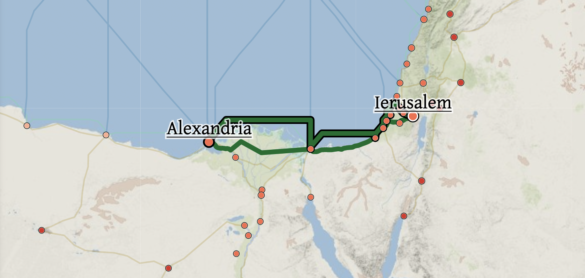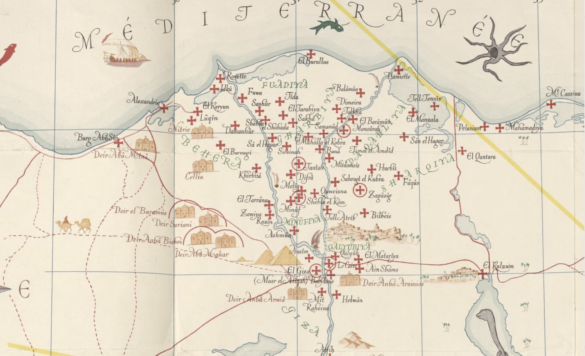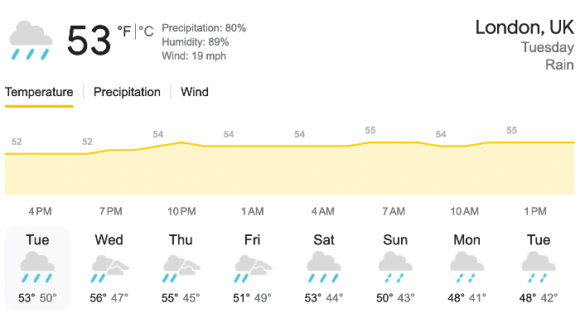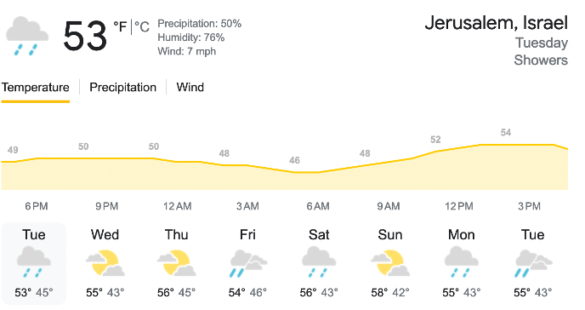Last week, we looked at the Christian tradition of Egypt, which stretches from the ancient world to the present day. This week, we’ll head south along the Nile River to Ethiopia, where a vibrant Christian community began long before the spread of Christianity to most of Europe, and where the majority of the population remain part of this ancient tradition to the present day.
Ethiopians trace their relationship to the people of God back three thousand years; the Solomonic dynasty that ruled Ethiopia from 1270 to 1974 claimed direct descendant from Menelik I, whom they traditionally claim to have been the child of King Solomon and the Queen of Sheba, conceived during a royal visit described in the Bible. (1 Kings 10) Likewise, they link their Christian traditions to the earliest days of the New Testament, which describes the apostle Philip sharing the good news with an Ethiopian court official traveling near Jerusalem in the days soon after Jesus’ death. (Acts 8:26ff.) It’s unclear how successfully Christianity spread in the earliest centuries in Ethiopia. What is clear is that the Ethiopian Kingdom of Aksum officially converted to Christianity in the year 330, just a few years after the Council of Nicea, when Christianity was officially tolerated in the Roman Empire and even endorsed by several emperors, but not yet the state religion.
Ethiopian Christian artists, like European Christian artists, have traditionally depicted Jesus and other figures of the Bible in ways that look quite a bit like them and the people around them, which has made Ethiopian art a rich source of inspiration for anyone looking for depictions other than the “pale, blond Jesus” of much medieval Western art.
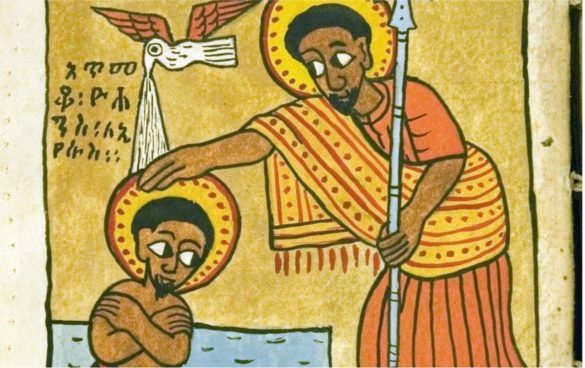
The Ethiopian Church’s connections to King Solomon and to Philip and the Ethiopian eunuch, as well as several other mentions of Ethiopia in the Bible, have led to a tradition of understanding oneself as part of the Biblical story. Ethiopian Christians maintain several Biblical food practices (avoiding pork, certain practices of religious animal slaughter/meat preparation) shared with Judaism and Islam but not common in other Christian traditions. Their expanded Biblical canon includes several later books not typically included in Eastern Orthodox, Roman Catholic, or various Protestant traditions, suggesting an openness to continuing to extend Biblical traditions to later periods. There’s even a church in the countryside purported to hold the lost Ark of the Covenant, brought by Solomon’s son Menelik to Ethiopia and kept safe all these years.
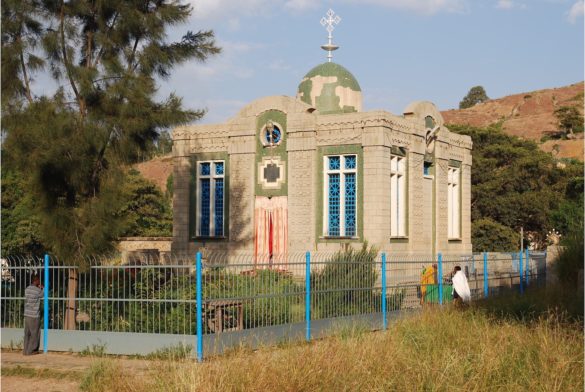
Perhaps the most interesting example is the holy city of Lalibela. In the 12th century, King Lalibela ordered the building of a second Jerusalem when the original was (re)captured by Muslim forces in 1187, enabling Christians who would have gone on pilgrimages to Jerusalem to go to Lalibela instead. The result was 11 interconnected stone churches, carved into the mountain by hand and emulating the layout of the city of Jerusalem.
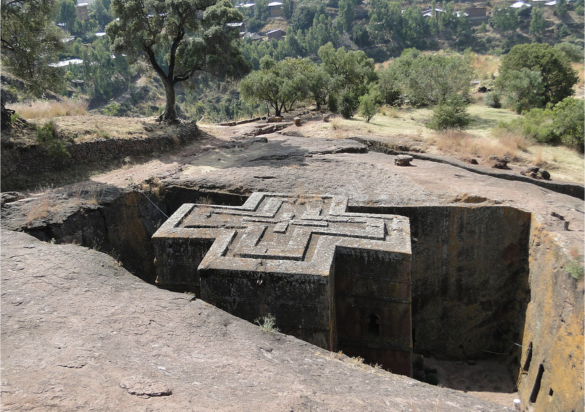
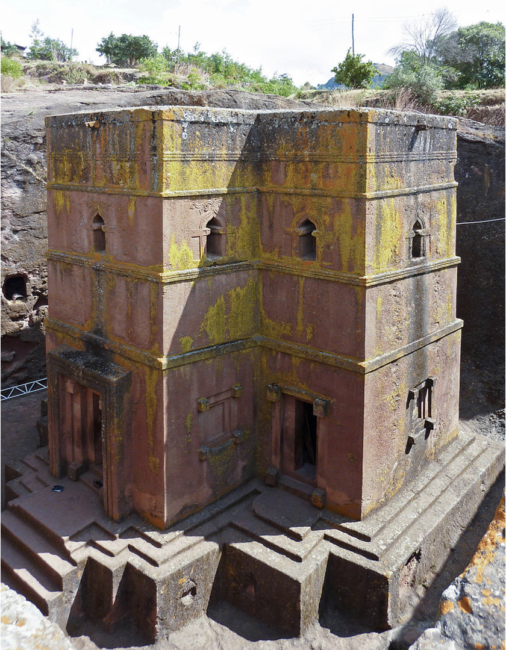
Today, about 45 million Christians live in Ethiopia, primarily members of the traditional Orthodox Church — double the size of the Church of England, and nearly forty times the size of the Episcopal Church. Over the last century, African Christians have represented a larger and larger fraction of the Church around the world; while only 1.4% of Christians worldwide lived in sub-Saharan African in 1910 (with 66% in Europe), by 2010 that number had grown to 24% (with only 26% in Europe), and the trends have only continued. As African Christian traditions have grown and as Western Christians have sought to break the historic links between Christian traditions, Christian art, and white supremacy, the Ethiopian Christian tradition has been a source of inspiration for many, and a fascinating study in the global, multiracial nature of the Christian faith.



